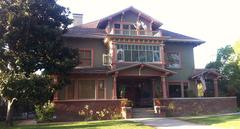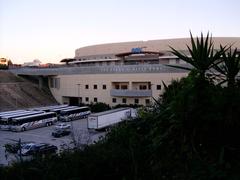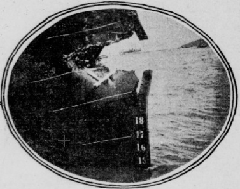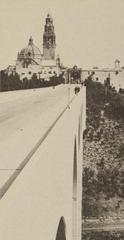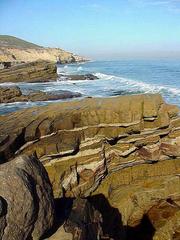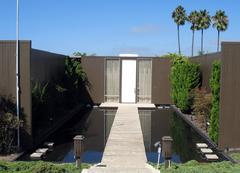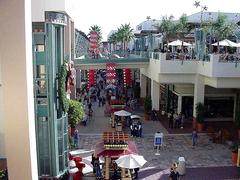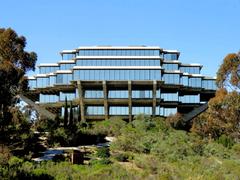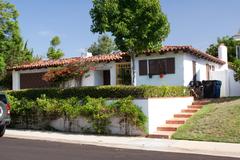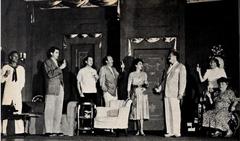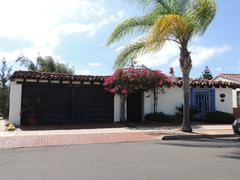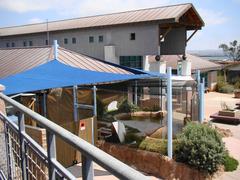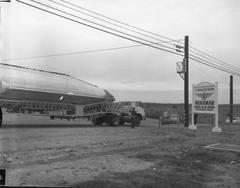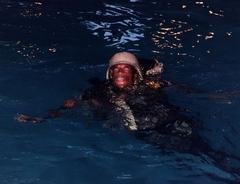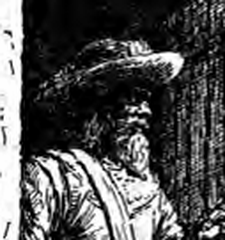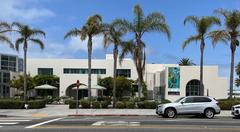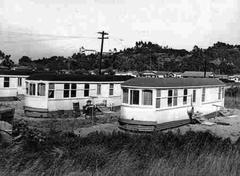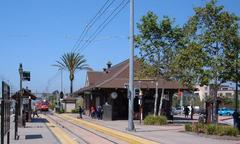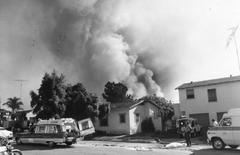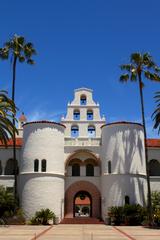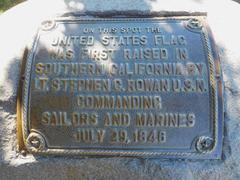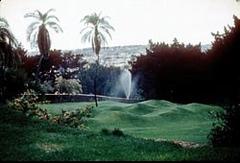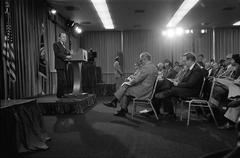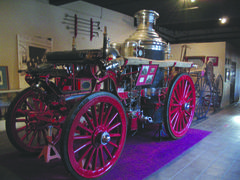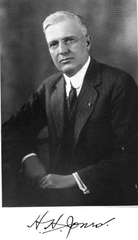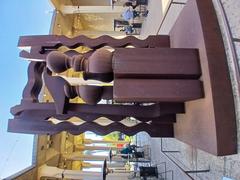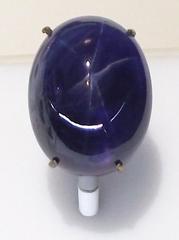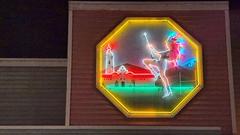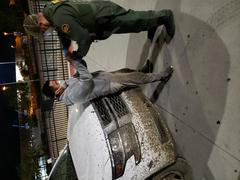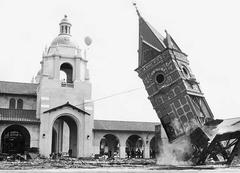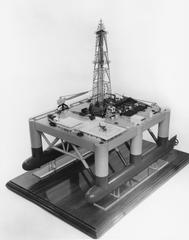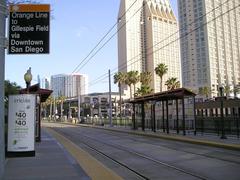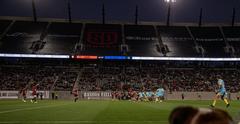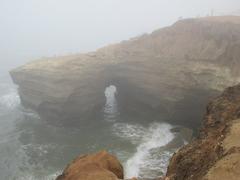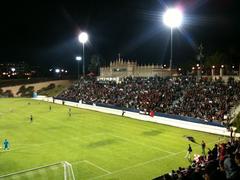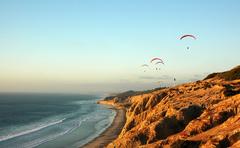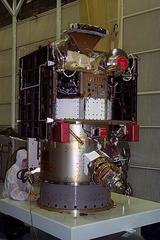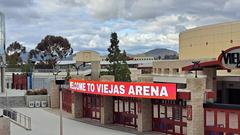Centro Cultural De La Raza: Visiting Hours, Tickets & San Diego Historical Sites Guide
Date: 03/07/2025
Introduction
Nestled in the heart of San Diego’s Balboa Park, the Centro Cultural de la Raza stands as a beacon of Chicano, Mexican, Indigenous, and Latinx heritage. Founded in the spirit of activism and cultural reclamation, the Centro transformed a former water tank into a vibrant community space, serving as both a museum and a hub for artistic expression, education, and social advocacy (Los Angeles Times; noro.mx). This comprehensive guide covers everything visitors need to know—history, significance, visiting hours, tickets, programs, and travel tips—to ensure an enriching experience at one of San Diego’s most vital historical sites.
Table of Contents
- Historical Background and Cultural Significance
- Visiting Information: Hours, Tickets & Tips
- Architectural Features
- Murals: Visual Narratives and Cultural Identity
- Artistic Expressions: Programs and Community Engagement
- Visitor Experience
- Nearby Attractions
- Frequently Asked Questions (FAQ)
- Community Engagement and Special Events
- Conclusion
- References
Historical Background and Cultural Significance
Origins and Founding Context
The Centro Cultural de la Raza was established in the late 1960s and early 1970s amid the rise of the Chicano Movement. Activists and artists, originally working as Los Toltecas en Aztlan, sought space for cultural expression and were eventually granted use of an abandoned water tank in Balboa Park after being evicted from the Ford Building (Los Angeles Times). This transformation of a utilitarian structure into a cultural center symbolizes the community’s resilience and innovative spirit.
Evolution Through Activism and Art
The Centro’s creation paralleled the establishment of Chicano Park, both becoming focal points for cultural empowerment and activism. Over the decades, the Centro has evolved into a multidisciplinary arts hub, nurturing visual arts, music, dance, theater, and literature. It continues to respond to contemporary social issues while honoring its activist roots (Chicano Park Museum).
Architectural and Artistic Legacy
The Centro is uniquely housed in a circular building that once served as a water tank. Its exterior and interior are adorned with murals depicting Aztec deities, ceremonial scenes, and Indigenous iconography, which serve as vibrant expressions of identity and community (Chicano Park Museum).
Community Impact
The Centro is a cornerstone for Latinx cultural preservation in San Diego, offering rotating exhibitions, live performances, and public programs that foster intergenerational engagement. It also supports local artists and small businesses, contributing to the broader social and economic fabric (Museums Database).
Visiting Information: Hours, Tickets & Tips
Location and Getting There
- Address: 2004 Park Blvd, San Diego, CA 92101 (within Balboa Park)
- Access: Easily reachable by car, public transit, and on foot from other park attractions. Parking is available nearby, including accessible spaces.
Opening Hours
- Tuesday–Sunday: 12:00 PM – 5:00 PM
- Closed: Mondays
- Note: Hours may vary during holidays and special events; always check the official website for updates.
Admission and Tickets
- Suggested Donation: $7.00 (no one turned away for lack of funds)
- Special Events: Some programs may require advance reservations or tickets; details are provided online.
Accessibility
- Facilities: Wheelchair accessible with ramps and accessible restrooms.
- Recommendations: Visitors with specific needs should contact the Centro in advance for accommodation (balboapark.org).
Guided Tours and Educational Programs
- Tours: Offered during special events or by appointment for groups and schools.
- Workshops: Regularly scheduled in dance, visual arts, music, and more (sandiegomuseumcouncil.org).
Travel Tips
- Wear comfortable shoes for exploring Balboa Park.
- Use public transportation to avoid parking congestion during busy times.
- Check the Centro’s website and social media for the latest event details.
Architectural Features
The Circular Building: Origins and Transformation
Built in 1914 as a water tank, the Centro’s cylindrical structure was repurposed in 1971 with renovations funded by a city grant (noro.mx; hiddensandiego.com). Its circular design symbolizes inclusivity and community, fostering a sense of openness and creative exchange.
Interior Layout
- Main Gallery: Adaptable for exhibitions, performances, and meetings.
- Studios/Workrooms: For classes and artist residencies.
- Theater: Seats up to 150, hosting music, dance, and spoken word events.
Murals: Visual Narratives and Cultural Identity
La Dualidad: The Iconic Mural
The mural “La Dualidad” by Guillermo “Yermo” Aranda is a centerpiece, depicting dualities such as light/dark and war/peace through Mesoamerican deities (coolsandiegosights.com). Visitors can consult interpretive materials to explore the mural’s symbolism.
Rotating and Community Murals
The Centro’s walls are a living canvas, featuring community murals and works by emerging and established artists. Themes include social justice, migration, and border identity, with murals refreshed regularly to reflect current issues (balboapark.org; savingplaces.org).
Artistic Collectives and Muralists
Groups like Los Toltecas en Aztlán and Congreso de Artistas Chicanos en Aztlán have shaped the Centro’s visual identity. Notable contributors include Salvador Torres, Judy Baca, Magú, and Victor Ochoa (noro.mx; savingplaces.org).
Artistic Expressions: Programs and Community Engagement
Workshops and Classes
The Centro offers workshops in danza folklórica, Azteca dance, visual arts, and more—open to all ages and skill levels (sandiegomuseumcouncil.org; hiddensandiego.com).
Exhibitions and Performances
Dynamic programming includes exhibitions, readings, film screenings, and performances. Noteworthy is the monthly “Tianguis de la Raza,” a community market featuring local artists and vendors (centrodelaraza.com).
Artistic Groups and Alumni
The Centro has fostered groups like Ballet Folklórico en Aztlán, Teatro Meztizo, and the Taco Shop Poets, supporting the careers of prominent Chicano and Indigenous artists (noro.mx).
Community-Driven Art and Activism
Rooted in civil rights activism, the Centro’s projects address contemporary issues like immigration, identity, and social justice, often in cross-border collaborations.
Visitor Experience
Atmosphere
The Centro offers a welcoming, community-focused environment. Visitors are encouraged to explore murals, attend workshops, and participate in events that foster cultural pride and dialogue.
Facilities
- Gallery: 2,000 square feet.
- Theater: 150-seat capacity.
- Studios: For workshops and residencies.
Accessibility
The facility is wheelchair accessible and family-friendly. Only service dogs are permitted inside.
Travel and Parking
Multiple public transit routes serve Balboa Park. Ample parking is available, but it fills quickly during events.
Visitor Tips
- Check the Centro’s website or social media before your visit for updates on hours and programs (centrodelaraza.com).
- Respect artwork and ongoing classes.
- Support artists and programs through donations or purchases.
- Engage respectfully with the space and community.
Nearby Attractions
- Chicano Park: Famed for its murals, a short drive away.
- Balboa Park Museums: Includes the San Diego Zoo, Spanish Village Art Center, and more.
Frequently Asked Questions (FAQ)
Q: What are the Centro’s visiting hours?
A: Tuesday–Sunday, 12:00 PM–5:00 PM. Always confirm online before visiting.
Q: Is there an admission fee?
A: Suggested donation is $7; all are welcome regardless of ability to pay.
Q: Are guided tours available?
A: Occasionally during special events or by appointment.
Q: Is the Centro accessible?
A: Yes, it is wheelchair accessible.
Q: Is photography allowed?
A: Generally yes, but ask permission during workshops or performances.
Community Engagement and Special Events
Tianguis de la Raza
A vibrant community market held monthly, featuring local artisans, food, music, and wellness activities (KPBS – Tianguis de la Raza).
Special Events and Performances
Events range from dance and theater to film and music, including unique gatherings like the “PHASE ONE” Lucha Libre event (AllEvents – PHASE ONE).
Volunteer and Leadership Opportunities
Volunteers support gallery operations, gardening, and environmental initiatives, contributing to the Centro’s mission (Centro Cultural De La Raza – Volunteer).
Partnerships and Regional Impact
The Centro collaborates with organizations and artists across the San Diego/Tijuana region, extending its influence through education, public art, and cross-border events.
Conclusion
The Centro Cultural de la Raza is a living testament to the cultural vitality, resilience, and creativity of San Diego’s Chicano, Mexican, Indigenous, and Latinx communities. Through its unique architecture, powerful murals, dynamic exhibitions, and inclusive programming, the Centro offers visitors an immersive and meaningful cultural experience. Whether you’re interested in art, history, or community activism, the Centro is a must-visit destination. For up-to-date information, visit the Centro’s official website, and enhance your visit with the Audiala app for guided tours and cultural site updates.
References
- Los Angeles Times
- noro.mx
- Centro Cultural de La Raza official website
- whichmuseum.com
- Chicano Park Museum
- Museums Database
- hiddensandiego.com
- sandiegomuseumcouncil.org
- balboapark.org
- savingplaces.org
- coolsandiegosights.com
- KPBS – Tianguis de la Raza
- AllEvents – PHASE ONE
- City of San Diego Impact Awardees

